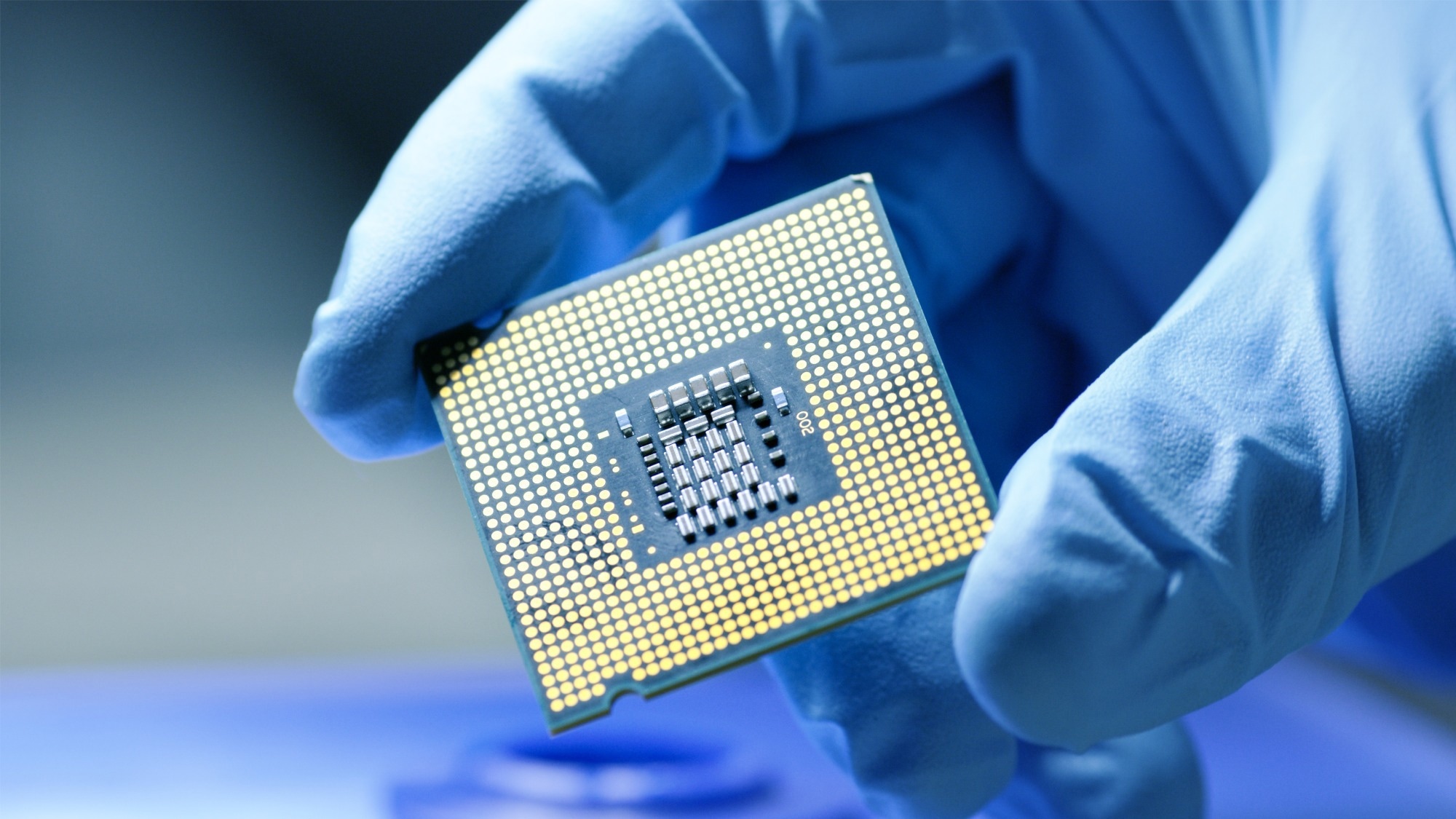Advanced Silicon Group (ASG), a startup founded by MIT alumni, has developed a compact biosensor that uses silicon nanowires to detect and quantify proteins in minutes, offering a faster, cheaper alternative to traditional lab techniques.

Image Credit: Gorodenkoff/Shutterstock.com
Background
ASG’s biosensor builds on decades of nanostructure and semiconductor research.
Each chip contains an array of silicon nanowires, each coated with specific antibodies to bind target proteins. When light hits the chip, the nanowires generate a photocurrent. The binding of a protein alters the local electric field and changes the current, providing a clear, quantifiable signal.
The sensor can measure multiple proteins at once (thanks to multiplexing), and it's built using standard silicon wafer processes. One 8-inch wafer yields around 2000 sensors, making the system scalable and low-cost. The chip works with a small electronic reader, delivering results in minutes with minimal sample prep.
From Lab to Industry
ASG’s biosensor has shown strong performance across several sectors:
- Biomanufacturing: It enables real-time monitoring of protein levels during production, which is critical for biologics like monoclonal antibodies or gene therapies. What once took hours with ELISA or mass spectrometry now takes minutes, without sacrificing accuracy.
- Drug Development: Faster readouts mean researchers can iterate more quickly, shortening early-stage development timelines, especially valuable for smaller pharmaceutical firms and rare disease projects.
- Beyond Pharma: Applications range from sports science (e.g., tracking muscle stress markers) to environmental testing (e.g., analyzing protein content in water or soil on-site).
A recent partnership with Axogen, a biotech company focused on nerve repair, highlights the sensor’s industrial potential. It’s being used to ensure protein consistency during the manufacture of nerve grafts.
Smaller, Simpler, More Accessible
Unlike traditional lab-based methods, ASG’s sensor requires only a compact reader and minimal consumables. No bulky equipment, no complex prep - just quick, reliable data. That ease of use makes frequent testing practical, even in smaller labs or field settings.
ASG is now planning on scaling up production and expanding industry partnerships to validate new use cases. If adoption continues, this compact biosensor could become a new staple for protein detection in both research and manufacturing.